

Frozen Shoulder Physiotherapy Services
If your shoulder has been feeling stiff and painful, you're not the only one. Frozen shoulder is a common disease that can make your daily life very hard and limit how much you can move. Frozen shoulders can be treated, and physiotherapy has become a very effective and non-invasive way to relieve pain and get the shoulder back to working order.
I. Understand the causes, symptoms, and diagnosis of frozen shoulder
A. This is what Frozen Shoulder means:
Frozen shoulder, also called adhesive capsulitis, is a disease that causes pain, stiffness, and a limited range of motion in the shoulder joint. A capsule of fibrous tissue surrounds the shoulder joint. In people
With a frozen shoulder, this capsule can get thick and tight. This makes the shoulder less flexible and mobile, making everyday jobs hard and painful.
B. The most common causes and risk factors are:
Even though it's not always clear what causes a frozen shoulder, there are some things that can make it more likely to happen. Common reasons include injury or trauma to the shoulder, keeping the shoulder
in a single position for a long time, and underlying health problems like diabetes, thyroid disorders, or heart disease. A frozen shoulder is more likely to happen if you are over 40 or a woman. Being over 40 or a woman also increases your risk.
C. Recognizing the Signs of a Frozen Shoulder
Recognizing the signs of a frozen shoulder is important for getting help early and treating it well. Usually, The situation goes through three stages:
- Freezing and painful
- Being frozen
- Recovery
-
During the freezing and painful stage:
At this stage, you feel more pain and stiffness in your shoulders, which gets worse over weeks or months.
-
During the frozen stage:
In the frozen stage, the symptoms stop getting worse and stay the same, making it hard to move around.
-
Recovery stage
During the Recovery stage, the shoulder slowly starts to move again, and the pain goes away.
Common symptoms include: pain in the shoulder that doesn't go away, especially at night; trouble raising the arm or reaching behind the back; limited range of motion in the shoulder; stiffness that gets worse
over time, and pain that gets worse when the shoulder is moved or pressed on.
D. Diagnosis and Medical Evaluation:
An orthopedic expert or physiotherapist will do a thorough physical exam to check the shoulder's mobility, range of motion, and any signs of inflammation or tenderness. Imaging tests, like X-rays or MRI scans, may be done to rule out other shoulder illnesses or injuries. The goal of the medical evaluation is to correctly identify a frozen shoulder and figure out how bad it is. This will help doctors figure out how to treat it.
II. Physiotherapy's role in treating frozen shoulder
A. Why physiotherapy is better than other treatments:
Because of several key benefits, The most effective treatment for locked shoulders Physiotherapy isn't invasive like surgery or medicine, and it doesn't involve drugs, so it has fewer side effects. effects. Physiotherapy also works on the root cause of frozen shoulders by focusing on movement and strength of the shoulder joint.
B. How physiotherapy helps ease the pain of a frozen shoulder
Physiotherapy is very important for getting rid of frozen shoulder pain because it makes the shoulder muscles stronger and more flexible. Physiotherapy helps loosen the stiff shoulder capsule through a range of targeted exercises and stretching techniques This makes the joint more mobile and reduces inflammation. Manual therapy methods like joint mobilizations and soft tissue massage are also used to relieve pain and restore range of motion.
C. The most important goals of physiotherapy treatment are:
The main goals of physiotherapy for a frozen shoulder are to lessen pain, increase shoulder mobility, and improve the shoulder's ability to function.
III. Physiotherapy Treatment for Frozen Shoulder: A Closer Look
A. Passive and active exercises to improve range of motion:
For a passive range of motion exercises, the physiotherapist moves the shoulder joint from the outside in a gentle way. This helps stretch the tight capsule without the patient having to move their muscles. Active
Range of motion routines, on the other hand, ask patients to move their shoulders in a controlled way on their own to gradually improve their shoulder mobility.
B. Exercises to strengthen the shoulder:
Strengthening routines are very important for rebuilding the muscles around the shoulder joint, which makes the shoulder more stable and stops more problems from happening. Physiotherapists create personalized routines for strengthening that focus on particular shoulder muscles and increase resistance and intensity as the patient gets stronger.
C. Stretching techniques to make you more flexible:
Stretching exercises are meant to make the shoulder muscles and tissues around them more flexible. These methods help lengthen the tight structures around the shoulder joint.
D. Manual therapy to relieve pain and increase mobility:
Manual therapy is when the physiotherapist uses their hands to do things to relieve pain, relax muscles, and improve joint movement. Joint mobilization and soft tissue massage are two techniques that can help. improve blood flow, reduce inflammation, and speed up the healing process.
Step-by-step Home physiotherapy exercises for frozen shoulders
A. Pendulum Stretch:
The pendulum stretch is a gentle way to loosen up your shoulder muscles and increase the range of motion in your joints. To do this exercise, stand up and put the arm that isn't hurting on a table or chair for support. Let the arm that hurts hang freely at your side and gently move it forward, back, left, right, and in circles.
B. Reaching across the body:
This practice works on the internal rotation of the shoulder and makes you more flexible. Stand or sit up straight, and use the arm that isn't hurt to lift the arm that is hurt towards the opposite shoulder. For a few seconds, hold the stretch, and then let go. On the other side, do it again.
C. Stretch for the outside of the body:
Stand with your arms at your sides and your elbows bent at a 90-degree angle. Use a resistance band or blanket and hold one end in the hand that isn't painful and the other end in the hand that is painful. Slowly turn your injured arm outward to stretch the muscles in your shoulder. Hold for a few seconds, then go back to where you started.
D. Towel Stretch :
Take a towel and hold it behind your back with one hand over your shoulder and the other behind your lower back. To stretch the shoulder, gently pull the top hand up and the bottom hand down. Keep your grip for a few seconds, and then let go. On the other side, do it again.
E. Exercise for climbing a wall:
Stand in front of a wall and touch it with your fingers at waist height. Move your fingers slowly up the wall as far as possible without hurting yourself. Hold the stretch for a few seconds, and then move your fingers.
back to their original positions.
Frequently Asked Questions
Why it's important to choose a physiotherapist who is qualified and has experience
For a good recovery from a frozen shoulder, you must choose a physiotherapist who is qualified and has a lot of experience. To make treatment plans fit the needs of each person, physiotherapy takes specialized knowledge and skills. A skilled physiotherapist will give accurate assessments and tailor care to the patient's needs, and keep track of growth as the treatment goes on.
Tips for Choosing the Best Physiotherapist?
To find the best physiotherapist in Gurgaon and Delhi NCR, you need to look at their skills, credentials, and reviews from past patients. Look for a trainer who has helped people with frozen shoulders in the past and has a good track record.
How PhysiofyMe gives you access to the best physiotherapists for frozen shoulders
PhysiofyMe is a trustworthy site that connects people with expert physiotherapists who treat frozen shoulders. With PhysiofyMe, you can connect with a network of highly trained professionals who will make Make sure you get the best care and treatment that is tailored to your needs.
Changes to your way of life to keep your shoulders healthy
Changes in lifestyle can help prevent frozen shoulders from coming back. Some of these are keeping up with a normal exercise routine, avoiding activities that put too much stress on the shoulder joint, and making sure you have good posture and body mechanics when you go about your daily life.
Exercises you can do at home to keep your shoulders in good shape
This part will show you a series of exercises you can do at home to keep your shoulder healthy and stop your frozen shoulder from coming back. You can do these movements every day to help keep your shoulders healthy and avoid problems in the future.
Share views on Frozen Shoulder Physiotherapy Services
Please keep your views respectful and not include any anchors, promotional content or obscene words in them. Such comments will be definitely removed and your IP be blocked for future purpose.
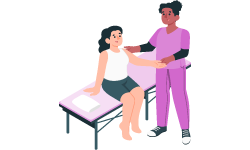
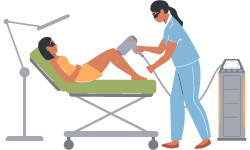

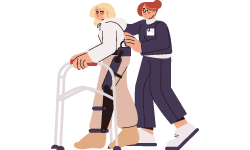


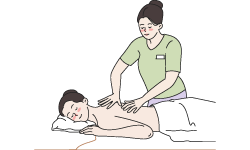
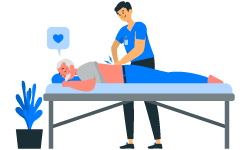
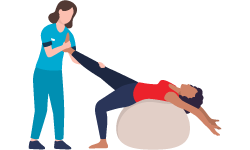
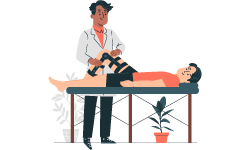
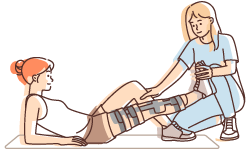
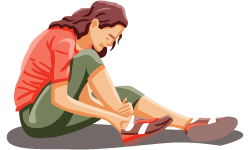

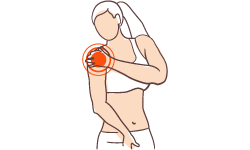
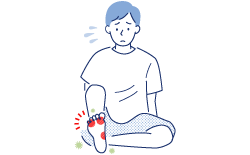
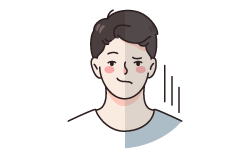

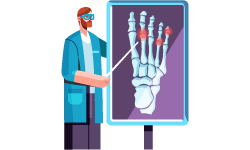


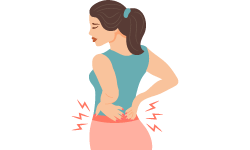
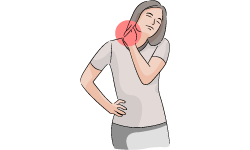

 1st Feb 2024
1st Feb 2024
 23rd Jul 2023
23rd Jul 2023
 18th Jul 2023
18th Jul 2023
 16th Jul 2023
16th Jul 2023
 16th Jul 2023
16th Jul 2023